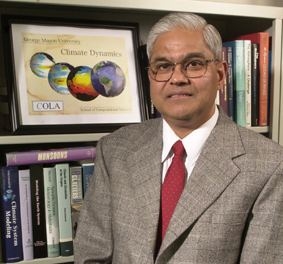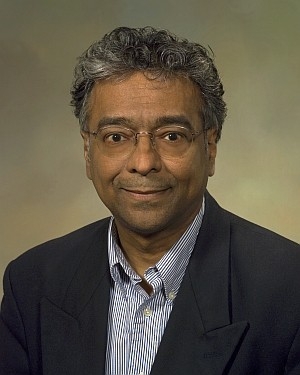
Dr. Anil Bhardwaj has made significant contributions as an astrophysicist. He serves as the Director of the Physical Research Laboratory in Ahmedabad, which is a unit of the Department of Space, of the Government of India.
Dr. Anil Bhardwaj received his M.Sc from Lucknow University and PhD from the Indian Institute of Technology (BHU) Varanasi. He joined ISRO as a scientist at the Space Physics Laboratory (SPL) of the Vikram Sarabhai Space Centre (VSSC) in Trivandrum. He rose to become the Director of SPL.
SPL’s research in planetary science was initiated by Dr. Bhardwaj, and he contributed greatly in developing planetary science programs in ISRO. He acted as the Principal Investigator (PI) of the SARA (Sub-keV Atom Reflecting Analyzer) experiment on Chandrayaan-1, India’s first Lunar mission. The new findings changed our understanding on the interaction of solar wind with the Moon.
He has played a key role in many space missions of ISRO. He got the ISRO Team Achievement Award for Chandrayaan-1. He has also won the most coveted Shanti Swarup Bhatnagar Prize (2007) and the Infosys Prize in Physical Sciences (2016).
Dr. Bhardwaj was the editor- in-chief of Advances in Geosciences for seven years, and was among the editors of the European journal Planetary and Space Science, the Bulletin of Astronomical Society of India and Current Science, a journal published by Current Science Association and Indian Academy of Sciences.
Picture Credit : Google





